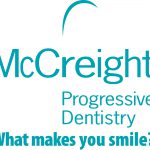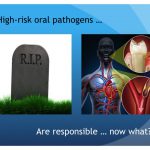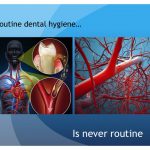
In our rural practice (McCreight Progressive Dentistry) in Northwest Colorado, we see periodontal disease on average in about one of every two patients, or around 46%. This is representative of the CDC statistic as posted in the May 2015 Journal of Periodontology. Whenever we read these statistics, we are puzzled. In an industrialized nation where home care tools and dental technologies are readily available, how can there be so much disease? Here are some measures (newer technologies) we ha...
Read More









